How to Clean a Coffee Maker and How Often You Should
Performing a deep-clean on a coffee maker is important to extend its useful life and ensure you’re brewing the best-tasting coffee possible.
A build-up of hard water scale and rancid coffee oils in a coffee maker is to be expected. Allowing that build-up to remain (and multiply) can be very hard on the machine. Even worse, the build-up can cause the coffee it produces to turn skanky.
Plain white vinegar is the most common method for cleaning a coffee pot or automatic coffee maker. And if you’ve been doing it this way, you may have discovered how vinegar comes with its own problems. A far better choice for this job is citric acid.
Why Citric Acid?
It takes an entire carafe full of vinegar to do a good job of descaling. Then, vinegar gives off a pretty nasty, strong smell when heated. Because vinegar is not easily rinsed out, it takes many pots of water through that coffeemaker to get rid of the smell and the taste. Failure to do so can result in the most foul-tasting coffee.
Citric acid, on the other hand, is odor-free. It requires only a small amount to get the job done, making it much easier to rinse away any lingering citric acid, making it cheaper, better, and faster than vinegar to clean an automatic coffeemaker.
Most commercial descaling solutions are expensive, and if you look closely you’ll discover they contain mostly (if not all!) citric acid as the operative ingredient. Citric acid is natural, as it is harvested from citrus fruit.
A one-pound bag of citric acid costs around $10 and will last forever because it takes so little citric acid to do so much. You can find this online, in most larger supermarkets, Walmart, Target—in the canning supplies aisle.
Citric acid doesn’t leave a strong smell as vinegar or other descaling solutions can; the cleaning process requires much less citric acid than vinegar and is super effective. For these reasons, I now advise always using citric acid to descale your coffeemaker.
About this item
– Approved for use in organic foods
– Premium Food Grade Citric Acid
– Great for descaling dishwashers, coffee pots, faucets
How Much Citric Acid Do I Need?
To effectively descale your coffee maker, you will use about 2 tablespoons of citric acid powder. This is a fairly constant measurement and works for almost any size coffeemaker, resulting in about 20% citric acid solution.
How Do I Descale Coffee Maker With Citric Acid?
Descaling your coffee maker with citric acid is easy. It follows the same process as cleaning with vinegar or even brewing coffee, just that there are no coffee grounds.
Step 1
Wash the removable parts of the coffee maker. That is, the brew basket, the carafe, and possibly the water reservoir if it is detachable. Rinse under hot water. After that, put them all back in their positions on the coffee maker.
Step 2
Fill the carafe or reservoir with water just as you do to make a full pot of coffee.
Step 3
Add 2 tablespoons of citric acid to the water reservoir or the carafe, stirring to dissolve. Close the water reservoir or pour and turn on the coffee maker for a clean cycle (or the longest, largest if your maker does not have a “clean cycle.”
Step 4
Allow to brew until complete and the reservoir is empty.
Step 5
When the clean cycle has been completed, pour out the water that has been collected in the carafe. Fill the water reservoir with clean water, this time without citric acid. This is a rinse cycle to remove any excess citric acid. Set to brew once again using the clean cycle, or as above.
Step 6
Let the coffee maker run one more water-only cycle. Once it’s done, dump the water and rinse the removable parts under hot water. Your coffee maker is clean again and ready to make delicious coffee.
How Often Should I Clean My Coffee Maker?
The best answer is monthly. When you perform a clean every four weeks, you can confidently use just 1 tablespoon of citric acid. What will really determine how often you clean your coffee maker will be your type of water and how often you brew.
If you have hard water, you will have to clean more often than someone with water that is not hard because your coffee maker will be prone to developing scales faster. Check the user manual for the manufacturer’s guidelines.
If you brew more often than once a day, there is a good likelihood that your coffee maker will need to be descaled more often. It’s best to clean once every 60 days at the very least.
How To Maintain Your Coffee Maker
To keep your coffeemaker operating in good shape for as long as possible, you must maintain it properly. These tips will guide you:
Clean
Clean your coffee maker as often as you can. Your coffee maker’s greatest enemy is scale, which constantly forms due to water passing through regularly. Cleaning your coffee maker regularly will help prolong its lifespan.
Keep it dry
Never immerse your coffee maker in water for any reason. Always keep it dry. If you are brewing and coffee unavoidably spills on your coffee maker, wipe it up immediately.
Clean with only soft material
If you want to wipe down the body of your coffee maker, do that with only soft material. Do not use any abrasive material. This will help to prevent scratches on your coffee maker which will keep it looking new and beautiful.
Clean the removable parts: To ensure that your coffee maker is in a good shape, always wash the removable parts —the brew basket and the carafe—after each use. This will help avoid clogs in the machine and prevent old coffee from getting into your fresh brew.
Conclusion
Citric acid is a good choice for descaling your coffee maker. It is cheap and readily available. Citric acid is natural (from citrus fruit), and doesn’t give off any strong smell, which is a big turn-off with vinegar. Citrus acid works just as effectively as vinegar, too. The process of cleaning is the same as the brewing process. Just add the citric acid without the coffee grounds. And your coffee maker will be good as new, turning out the best coffee possible.
Everyday Cheapskate participates in the Amazon Services LLC Associates Program, an affiliate advertising program designed to provide a means for us to earn from qualifying purchases, at no cost to you.
More from Everyday Cheapskate
Please keep your comments positive, encouraging, helpful, brief,
and on-topic in keeping with EC Commenting Guidelines
Last update on 2024-04-19 / Affiliate links / Images from Amazon Product Advertising API


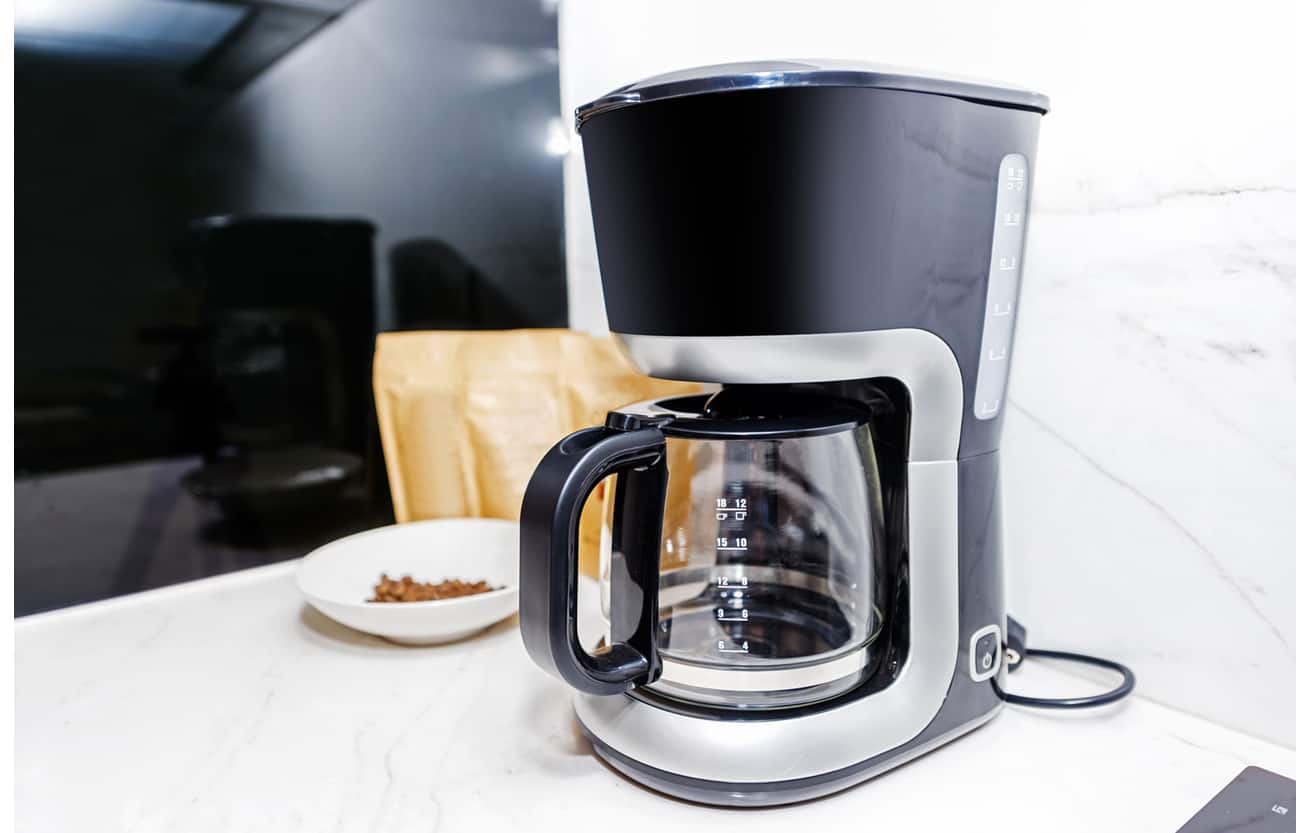






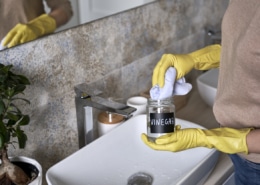

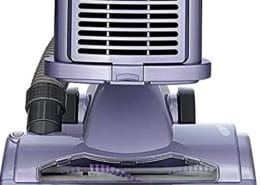
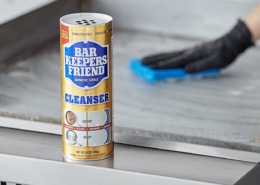
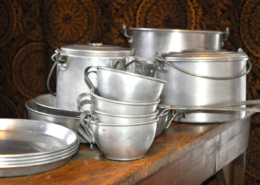


another question about the bunn coffee maker. Since there is the water reservoir in the back, would you follow the same procedure?
Yes. No need to empty it.
Would using True Lemon dehydrated lemon packets be too strong? Or might that work too?
I am not familiar with that product True Lemon. Let us know how that works if you try it.
Same question: can I use the citric acid method on my keurig?
Yes! I am preparing a post specifically to address cleaning a Keurig. Stay tuned …
what do you suggest for a bunn coffee maker?
This is the Bunn Coffee Brewer I have. It’s going on 8 years old, has made coffee twice a day every day, and still runs like new. Once you have a BUNN, you’ll never go back. Make sure you realize that the decanter is not included, and must be purchased separately. Check Webstaurant for best pricing.
Can citric acid be used on Keurig coffee makers?
How about Nespresso machines. Their descaler is about $4 to $5 a cleaning.
Their recommendation is about every 5-6 months if you use it twice a day. That’s about $10 per year.
Same steps for a Keurig?
What about cleaning a drip coffee pot with only the basket and pot detachable?
Not sure I understand your question. That’s all the comes apart on my coffeemaker. The carafe (pot) and the filter basket.
Does this work for Keurig coffee makers?
Mary, is there a good way to thoroughly clean a Keurig?
Thank you 🙂